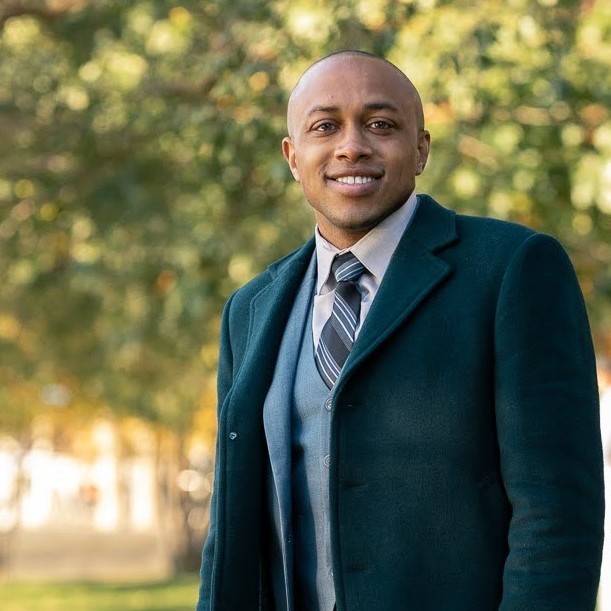Dr. Kwan-Lamar Blount-Hill, a program lead at Arizona State University’s Center for Biodiversity Outcomes, is helping change the way conservation is done from the inside out. His two recent publications, both in Conservation Biology, take a hard look at how the field of conservation science can evolve to better reflect and support the diverse communities it serves.
Blount-Hill co-authored a major review with the Society for Conservation Biology’s Social Science Working Group (SSWG) that revisits the role of social sciences in conservation. This piece marks the 20-year anniversary of the SSWG, reflecting on its successes and outlining the urgent need for conservation efforts to center people — especially those who are too often marginalized.

Historically, conservation has focused on biological science, often leaving out the crucial human elements: culture, politics, justice, and lived experiences. But as this paper makes clear, environmental problems are never just about nature. They’re about people, too. The authors call for mainstreaming conservation social science beyond professional societies and academic conferences. They advocate for including diverse forms of knowledge, including Indigenous and community-based expertise, and for reevaluating how success in conservation is defined and rewarded.
In his second co-authored paper, Blount-Hill joined a team examining how inclusive the Society for Conservation Biology really is, especially for people working outside the biological sciences. This study, led by a grassroots task force, surveyed both current and potential members. The findings were sobering: many social scientists and professionals from nontraditional backgrounds felt excluded or undervalued within the society. Even those who believed in the society’s mission didn’t always feel it was a space for them.
The paper makes it clear that inclusion is more than just a buzzword; it requires structural change. The authors recommend practical steps, like reducing membership barriers, rethinking how leadership and expertise are recognized, and embracing new ways of knowing. They also highlight the importance of building partnerships across disciplines and geographies, especially in the Global South.
Together, these two publications point to a future where conservation is no longer siloed or exclusionary. Instead, it’s a collaborative, just, and adaptive discipline that honors the knowledge of many, not just a few.
This work aligns closely with the Center for Biodiversity Outcomes’ mission to transform conservation into a more inclusive and equitable field. By bringing social science to the forefront and challenging traditional power structures, Blount-Hill and his colleagues are paving the way for more effective and ethical biodiversity work.
As we face the twin crises of biodiversity loss and climate change, these conversations are not just timely — they’re essential.